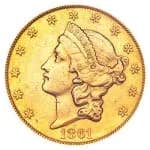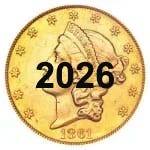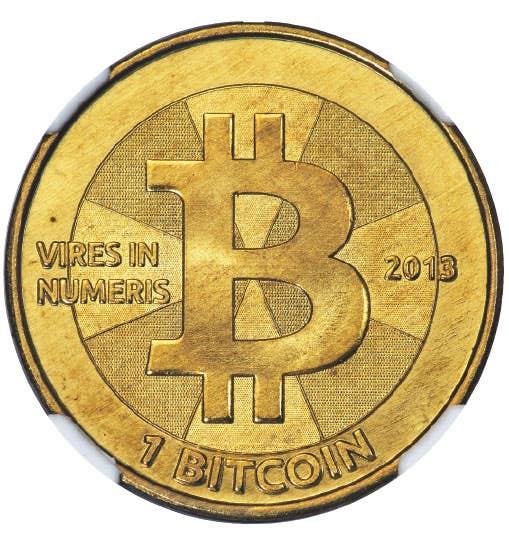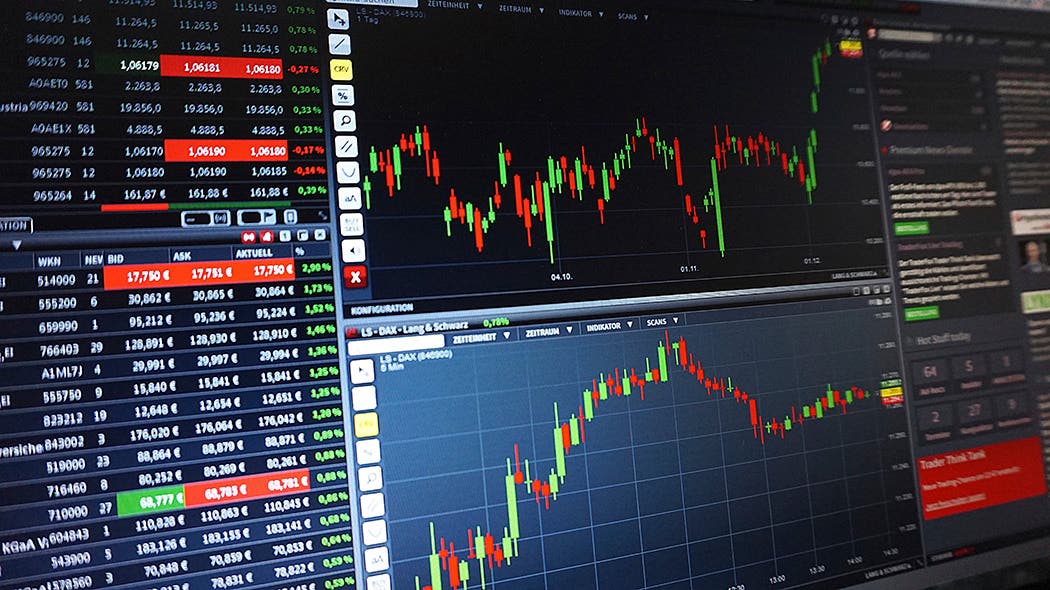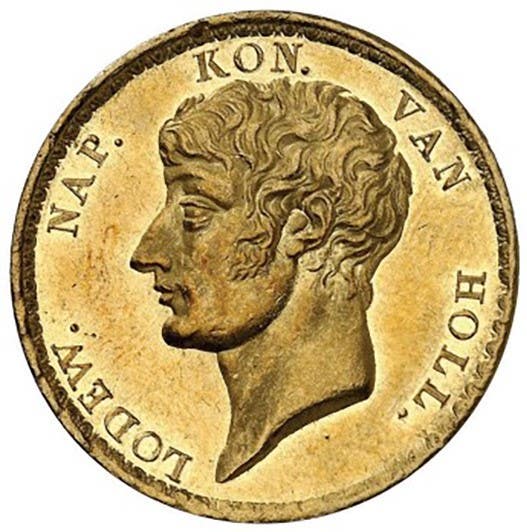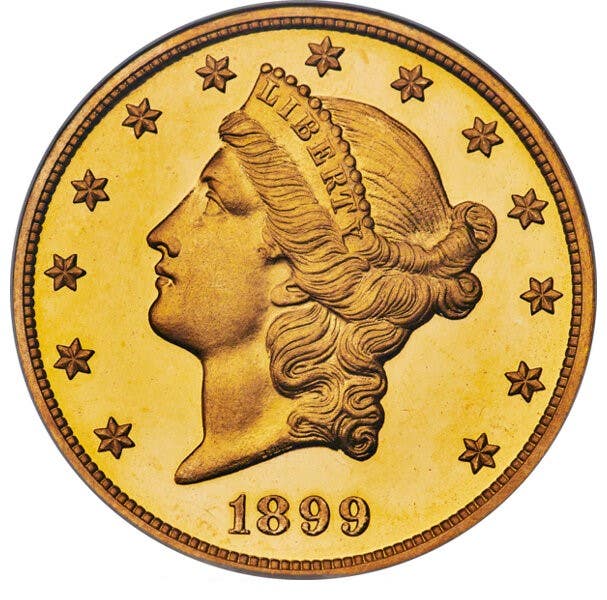Whatever else we think about gold, ? its beauty, its history, its former starring role in the monetary policies of the nations of the world and its status as inflation hedge ? one thing we always must keep in mind is that it trades like a commodity. As such, it is subject to being whipsawed by changes in supply, changes in demand and changes in the passions of the people who trade it. Those people include collectors and dealers.
Those of us in numismatics are not the dominant force in the market, so it pays to watch what others are doing.
Gold is under $650 a troy ounce as this is written. That is not a particularly strong price when comparing it to the $719.80 high of May 11, 2006, nor is it a particularly weak price when compared to the $606.80 of June 12, 2006, a date precisely one year before this was written.
When gold is setting records, we see others forecast higher and higher prices. $1,000 is the most frequently seen number, but there are others all over the lot, including many multi-thousand dollar prices. The most interesting number I have seen was almost $40,000 an ounce, which was arrived at by taking the number of troy ounces owned by the federal government, 260 million troy ounces, and dividing it into what was said to be a total money supply, which is approximately $10 trillion by this selected measure.
The number was an eye catcher. But as much as it got my attention, I found myself not believing a single thing that was written once my attention had been grabbed. Why? Well, I think $40,000 an ounce for gold is just a little exaggerated, don?t you?
Sure, anything is possible given enough inflation, chaos and monetary stupidity, but absent that, it just doesn?t seem like a sensible number.
What is? Well, that is up to you to figure out as much as anyone. I have opinions. If I express a number too low, I am contacted by gold advocates who stress the huge increases in money supply since 1933, or any other year that is picked as the starting point.
Money supply growth is certainly a factor in determining a true price for gold, but it is not the only one.
Economists can parse the question of what is real growth in the money supply and what is simply an increase in dollars that caused inflation to occur. Both factors exist side by side.
Then there are fun questions like what form do gold owners want their gold in. Coin collectors and dealers are mainly focused on coins, because that is who we are and what we do.
Most people in the world look at gold as jewelry, a way to wear their wealth or hide it from rapacious local governments. It helps that the moths can?t eat it and a government cannot devalue it.
There is a residual respect for gold as money. This is more form than substance. The U.S. government holds gold reserves, but it is valued on the books at a fictional price of $42.22 an ounce, which is the official price.
People who want to complain about how U.S. bookkeeping accounts for Social Security obligations should look into how the government accounts for assets on its books, too.
Foreign central banks hold gold. Some are increasing their holdings, like China, and others are decreasing theirs, such as Spain. It all depends on the views of the leaders of those banks as to just how much precious metal they prefer to hold.
Then there are investors. Investors have many ways to influence gold prices. They can buy or sell contracts on the futures markets. They can buy exchange traded funds on securities markets. They can even find novel ways of making electronic purchases that may or may not prove useful or profitable.
Investors are mercurial. They don?t love gold as collectors do. They only want to ride a trend. They will sell as quickly as buy as long as they figure they can profit. It pays all of us to remember this.

